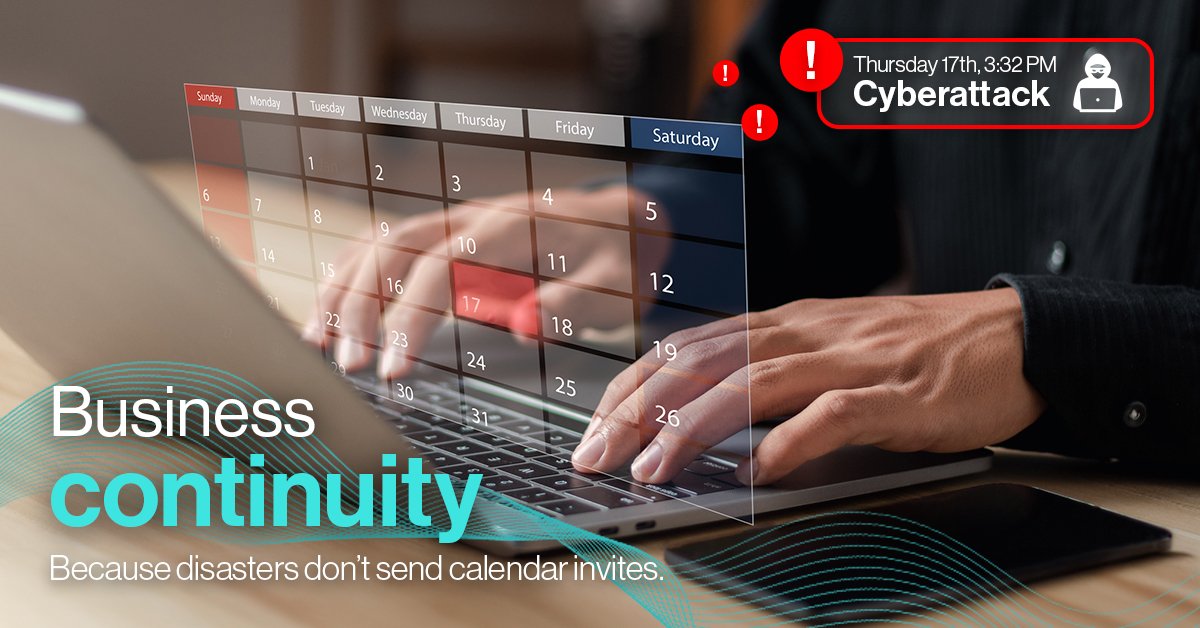Plan Ahead, Stay Ahead: The Essential Guide to Business Continuity Planning
In the fast-paced and unpredictable world of business, preparation is everything. Every successful company knows the importance of staying ready for the unexpected. Whether it’s a natural disaster, a technical failure, or a sudden economic downturn, being caught off guard can have serious consequences for your operations. That’s where business continuity planning (BCP) comes into play.
Not sure how to start creating a business continuity plan? Don’t worry—we’ve got you covered. Below are the key steps to help you create a proactive plan that ensures your business stays ahead, no matter what comes your way.
Step 1: Identify Your Risks
The first step in building a strong business continuity plan is identifying potential risks. Ask yourself:
- What are the external risks (natural disasters, global pandemics) and internal risks (server crashes, data breaches) that could impact your business?
- Are your supply chains, employees, or IT systems vulnerable to disruption?
By evaluating both internal and external risks, you can prioritize areas where your business is most vulnerable. This clear risk assessment allows you to focus your resources on the scenarios that are most likely to impact your operations.
Step 2: Build a Business Continuity Plan
Once you’ve pinpointed your risks, it’s time to create a plan. Your business continuity plan should address the following:
- Emergency response procedures: What immediate steps should your team take during a disruption?
- Backup systems and redundancy: Do you have cloud backups or alternative suppliers in place to keep operations going?
- Communication strategy: How will you notify employees, customers, and stakeholders about what’s happening and how it will affect them?
As you develop your plan, it’s essential to assign responsibilities to key members of your team. Everyone should understand their role in an emergency situation, ensuring swift action and minimizing downtime.
Learn more about building a robust business continuity plan from this guide by Ready.gov.
Step 3: Test and Update Your Plan Regularly
Here’s where many businesses fall short—they forget to test their plans. A well-written plan won’t help if it hasn’t been tested. Regularly conducting drills and simulations ensures that your employees are familiar with emergency protocols. More importantly, testing can reveal weaknesses in your plan that you may not have considered.
Additionally, your plan should be a living document that evolves over time. As new risks emerge or your business grows, make sure to revisit and revise your continuity plan.
Proactive Planning = Business Success
Creating a business continuity plan is not just about surviving the unexpected. It’s about making sure your business continues to thrive, regardless of what challenges arise. By identifying your risks, developing a clear strategy, and continuously refining your plan, you’ll ensure that your business is always ready to face whatever comes next.
Don’t wait for disaster to strike before you start planning. A proactive approach today can safeguard your business tomorrow.
Let’s Build a Plan Together!
Feeling overwhelmed or unsure about where to start? We’re here to help. Whether you need a basic plan or a detailed strategy, our team of experts can guide you through the entire process. Contact us today, and let’s create a personalized business continuity plan that keeps you one step ahead.
Ready to Take Action?
If you’re ready to ensure the long-term success of your business, reach out to us directly. Don’t leave your future to chance—contact us now to start building a plan that keeps you prepared for whatever comes next.




Comments are closed